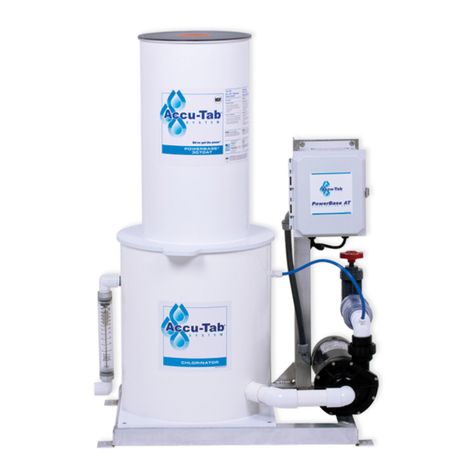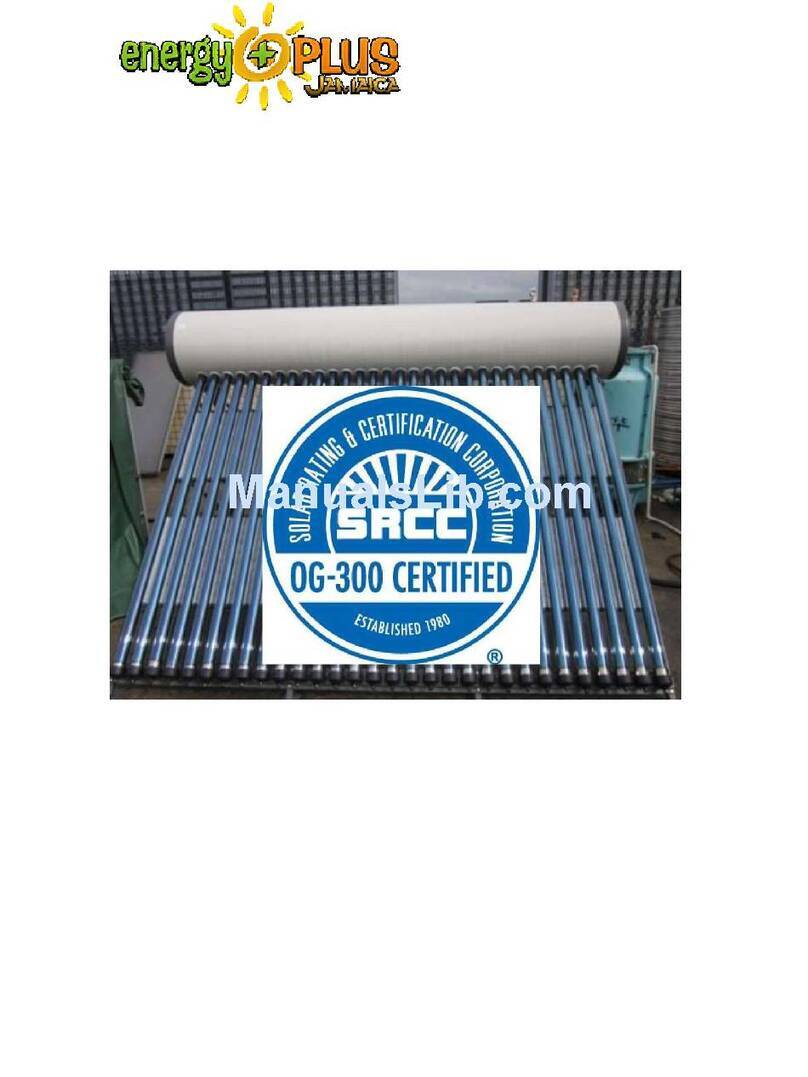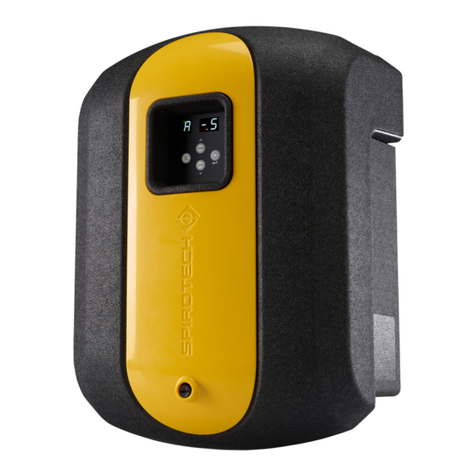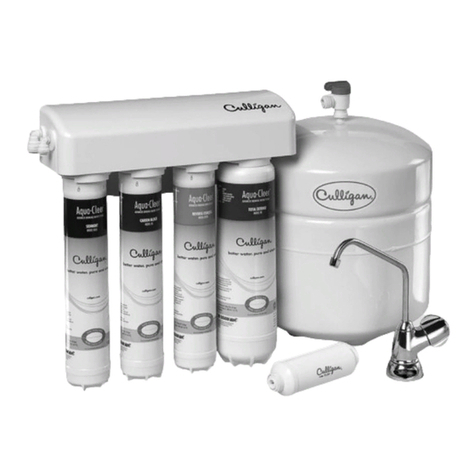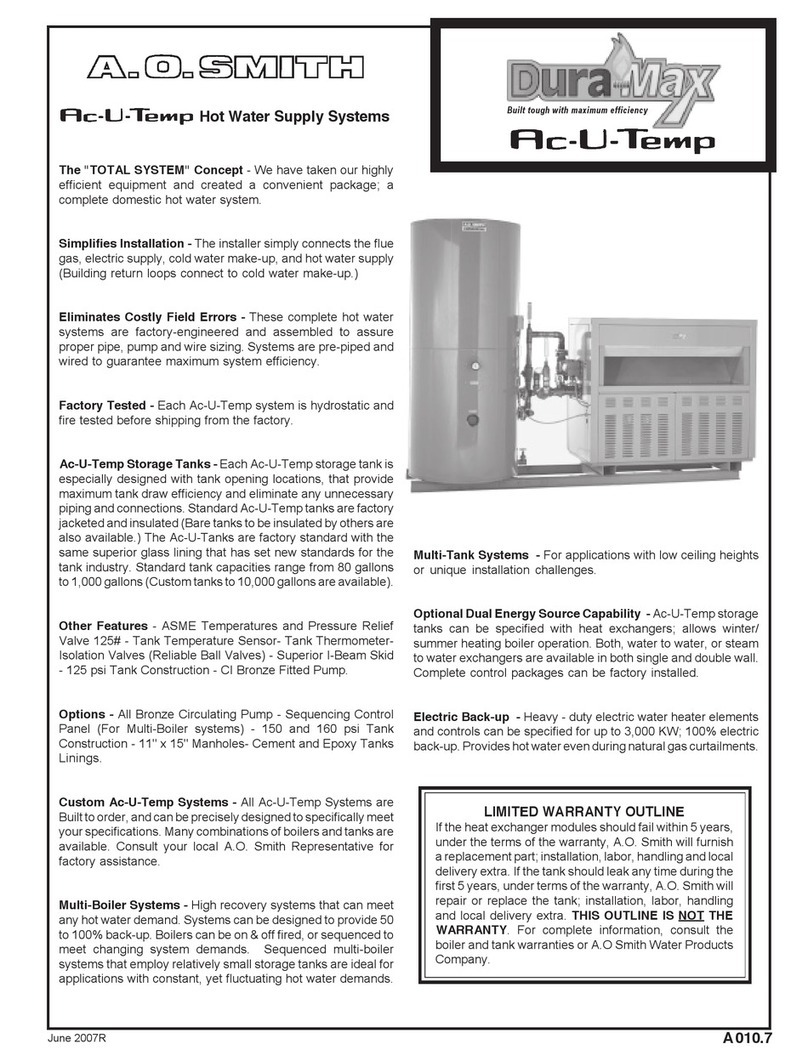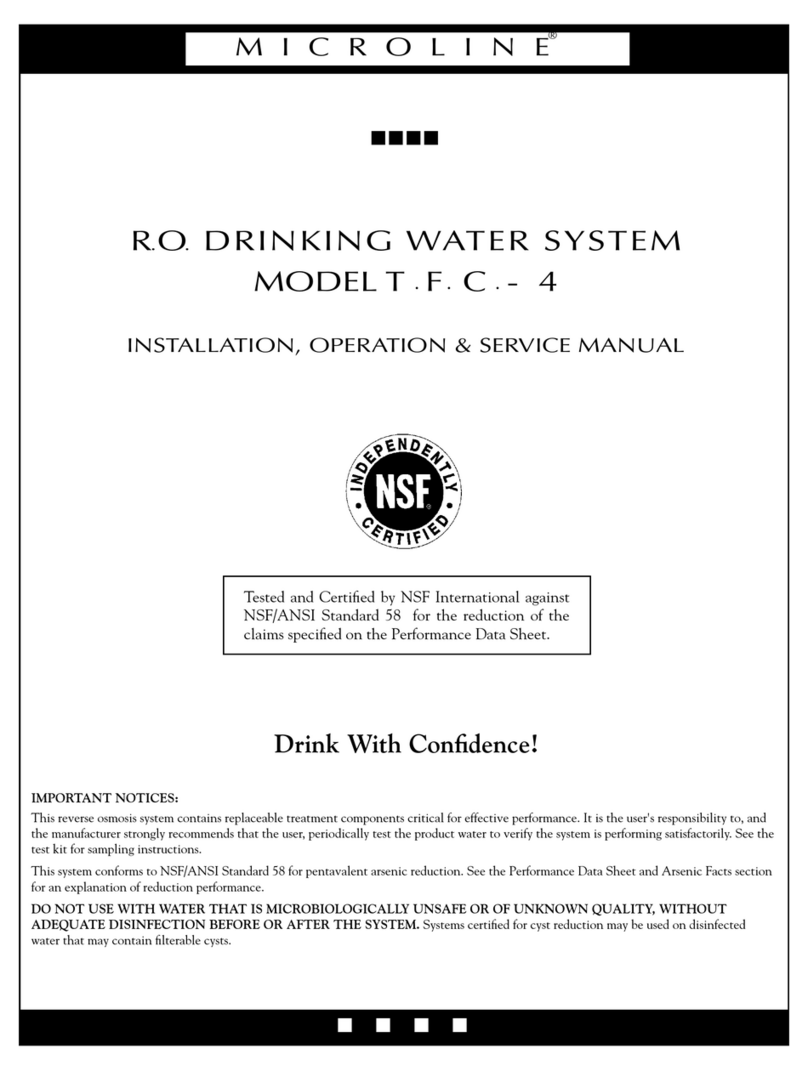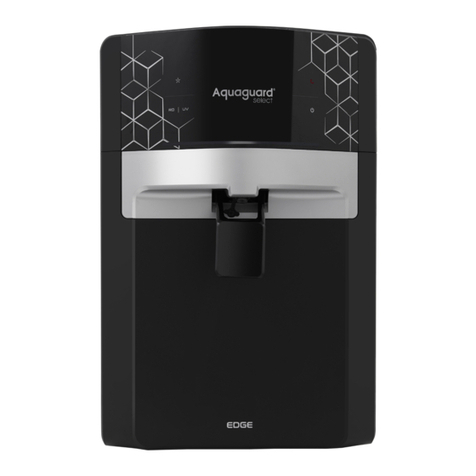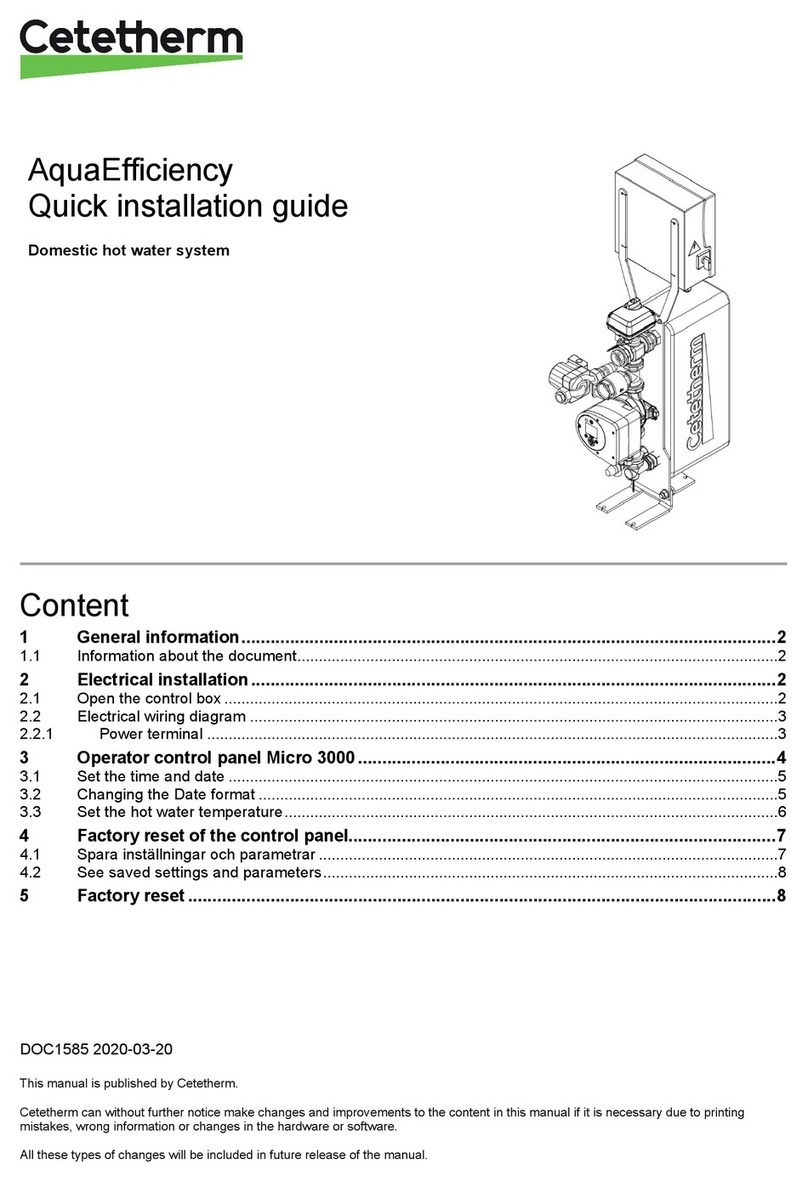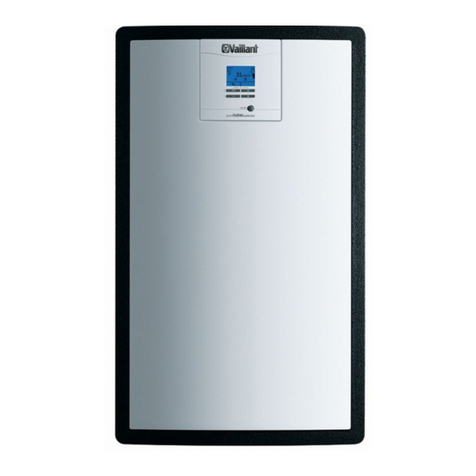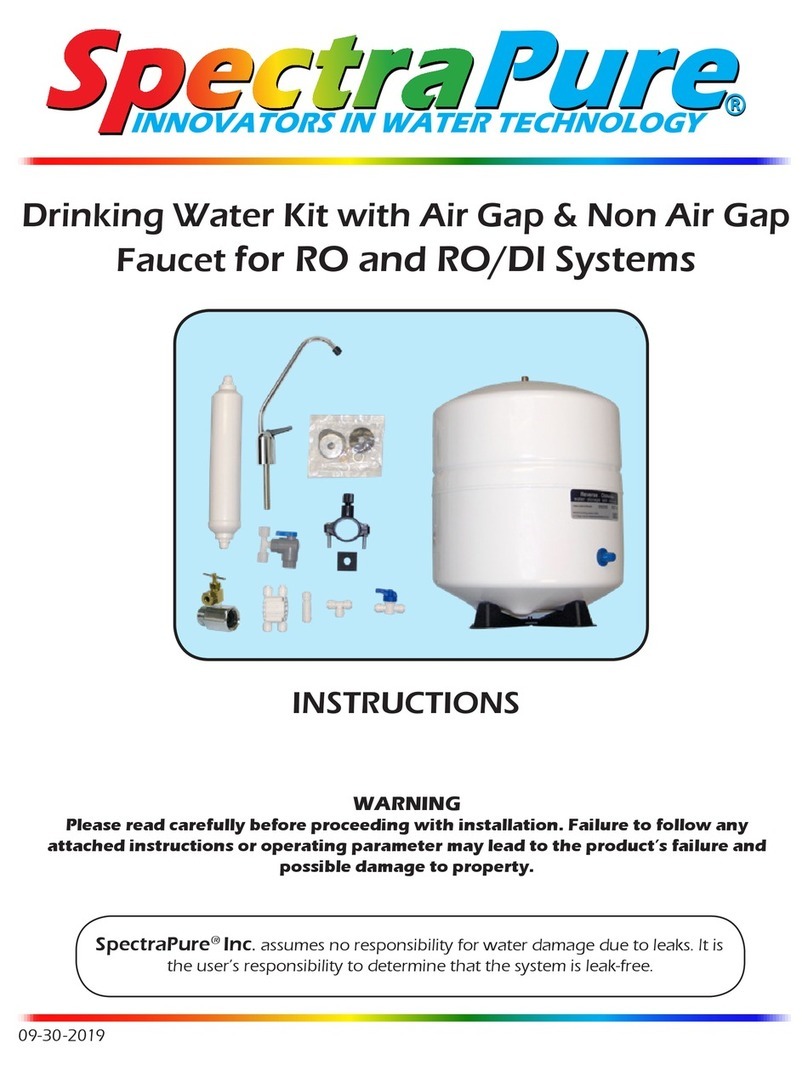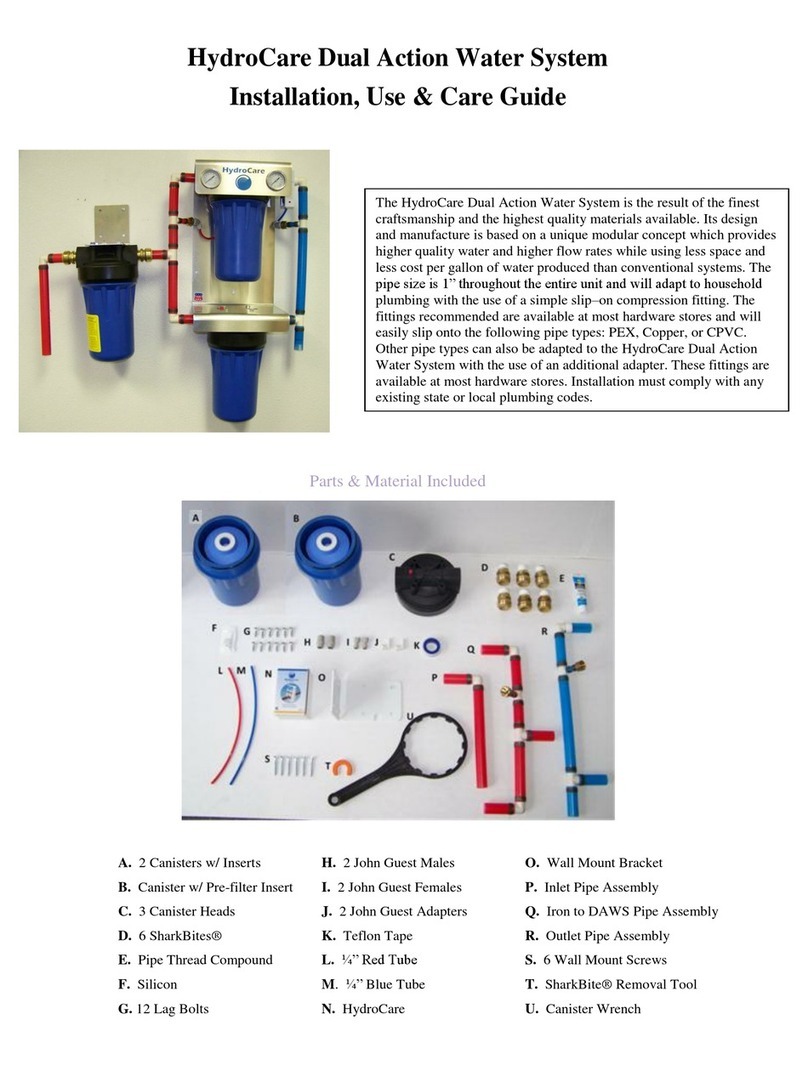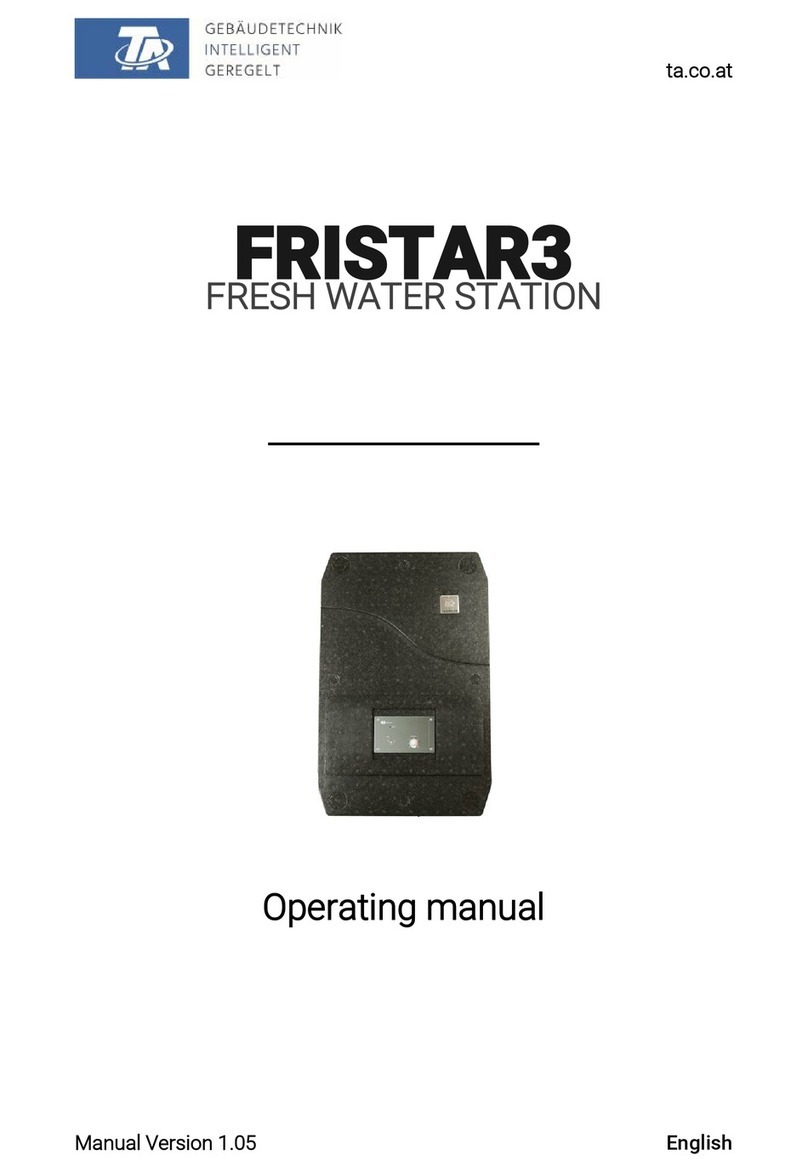Rainstore3Storm Drainage Detention & Exfiltration with Geotextile Fabric 1
Rainstore3Installation Instructions
For Stormwater Drainage Detention & Retention with Geotextile Fabric
(A separate install guide for stormwater harvesting for reuse, is available - call 800-233-
1510 or visit invisiblestructures.com)
1) Introduction
A. This document describes how to properly install the Rainstore3water storage
system with geotextile fabric for stormwater drainage detention and retention.
B. Detention allows for short-term storage and release of storm water through outlet
pipes. Nearby water treatment plants may have a limited capacity for handling
storm water and thus, stormwater needs to be temporarily detained on site.
C. Retention allows water to recharge the ground water through exfiltration. There
are no standard outlet pipes from the system except in some cases when overflow
pipes are called for.
D. Contractors: Only licensed contractors should install the Rainstore3system. The
contractor should have a good performance record with similar construction
projects. Homeowners should not install the Rainstore3units themselves.
E. Landscaping: Plant only grass, flowers, or shrubs with shallow root systems over
the installed product. Trees should be carefully planned and CANNOT be planted
directly above a complete Rainstore3system. The deep tree roots can damage the
water storage capacity of the system by tearing the geotextile fabric and clogging
Rainstore3cells with root growth. Trees can be planted around the system, or
planted in an island of a parking lot devoid of Rainstore3 cells. Recommended
distance from Rainstore3system is 10 meters with a root barrier on the edge next
to tree.
F. Warning: Do NOT drive motorized equipment on any portion of the Rainstore3
area until installation is 100% complete. Driving over any part of the partial
installation could damage the geogrid, fabric, or Rainstore3cells, thus
compromising the integrity of the entire installation. Walking on the Rainstore3
units is acceptable.
G. Warranty: Invisible Structures, Inc. is not responsible for careless installations
that do not follow the technical specifications. The ISI warranty only covers
Rainstore3material defects. Please see the separate warranty sheet in the
Rainstore3brochure, or call ISI at 800-233-1510.
2) Material Requirements
A. Rainstore3: The cells arrive preassembled to the desired height. They will arrive in
a box truck on pallets. When multiples cells are stacked on one pallet, white paper
will divide each stack. Do not assemble, re-stack, or disassemble units onsite as
this will void the product warranty. DO NOT cut Rainstore3units. Units must be
installed whole. Cutting is only permitted for maintenance port installation (see
